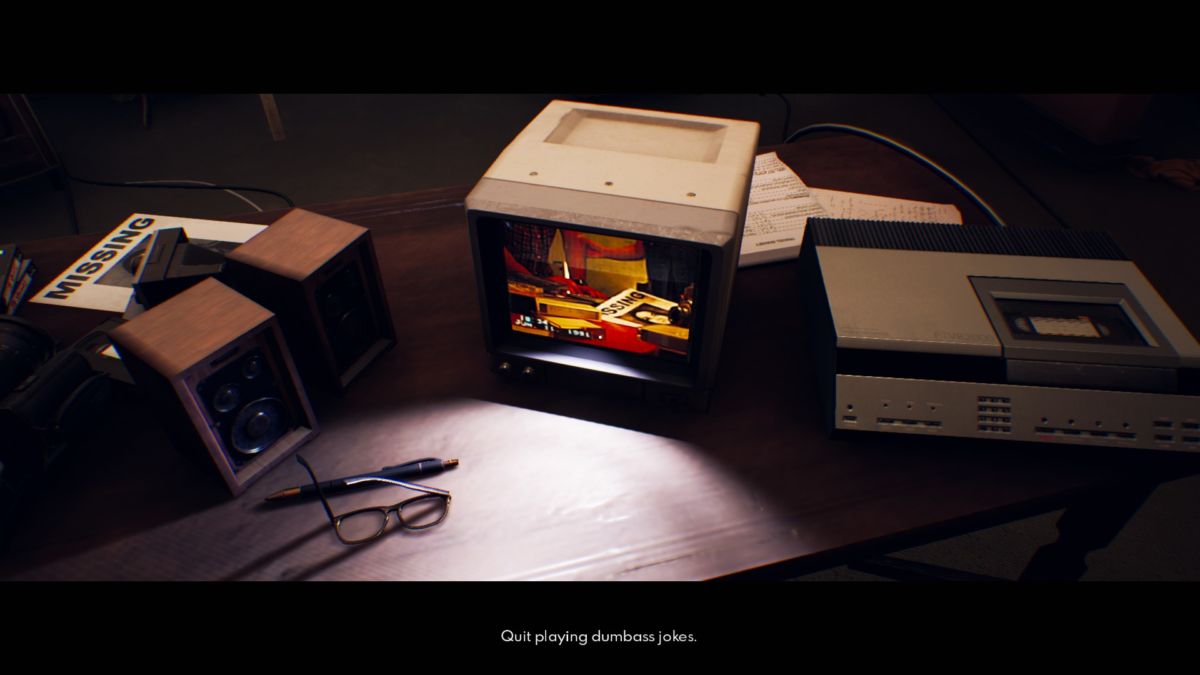

- Rachel foster turn up the cheat manual#
- Rachel foster turn up the cheat software#
- Rachel foster turn up the cheat code#
They used TBD in this codebase and it served their use cases very well.
Rachel foster turn up the cheat code#
They constantly get merged and integrated with the code everyone else is writing. In TBD their code changes generally don't stay around for more than a few hours. They commit directly into the trunk without branches. They don't create a branch and merge the branch into the trunk.

Here each developer splits the work they will do into small batches and merges into master (which is often referred to as the trunk) multiple times a day. Developers branch off master, make their changes, and then when it's complete/has passed code QA, it gets merged back into master.ĪDVERTISEMENT Trunk Based Development (TBD) The white dots represent commits, and the bottom solid black line is master. Feature Branching development workflow visualised. Here's an overview for how developers use the Feature Branches method. The emphasis here being they only merge once, at the end when all the work is complete, and merge the whole branch into master. Usually via Git, developers all fork the codebase (so they all have identical copies on their machines), they make a feature/project branch based on master, and merge as the work is completed. The first we'll refer to as the feature branching method. There are two common approaches to enable multiple developers to work on one codebase. Two different ways to do branching Feature branching

This is a practice Google follows and I was curious about how it's different than the way most other companies develop software.
Rachel foster turn up the cheat software#
I started reading about how different big tech companies run their Software Development Lifecycles ( SDLC) and heard the term Trunk Based Development a few times. How a company plans, writes, builds, reviews, deploys, and releases software is optimized for their particular use-case, all with their own strengths and drawbacks in mind.
Rachel foster turn up the cheat manual#
The version control system used, peer review process, code review process, design review process, how they do CI, automated testing, manual testing, and so on, varies greatly depending on where you work. The Software Development Lifecycle ( SDLC) is different at every company.


 0 kommentar(er)
0 kommentar(er)
